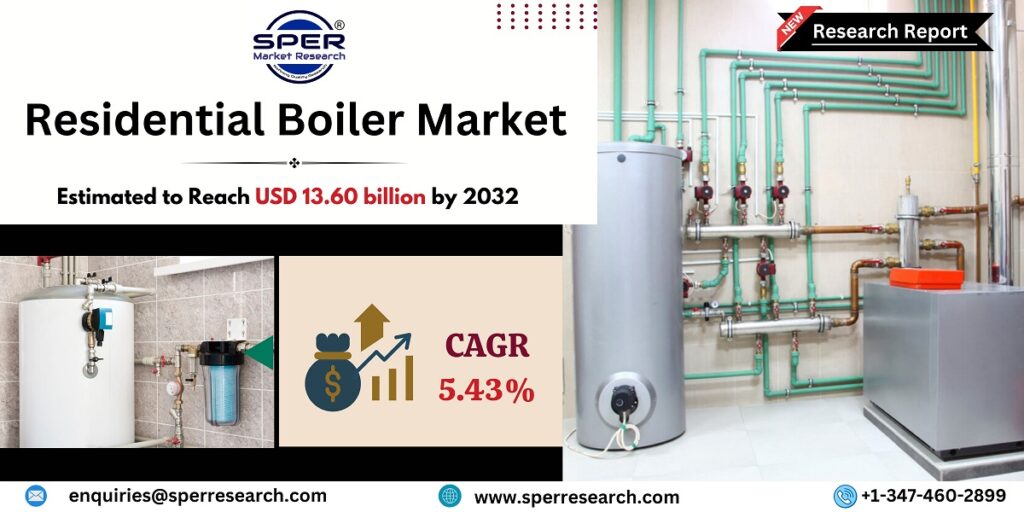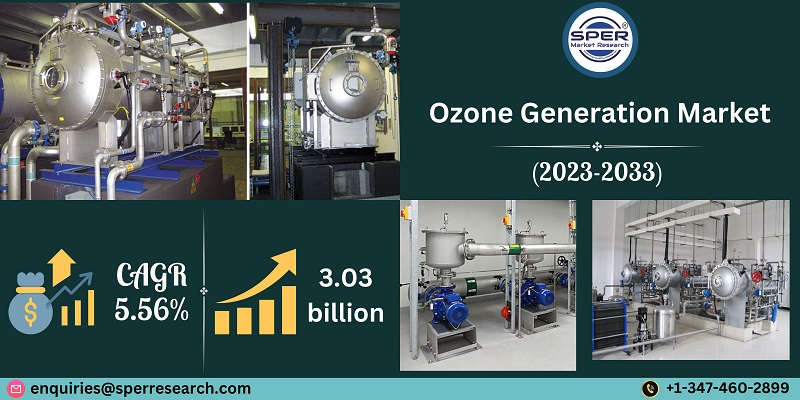EPC refers to Engineering, Procurement, and Construction. It describes the procedure by which a business (the EPC contractor) takes control over the design, procurement of supplies and tools, and construction of facilities like drilling platforms, refineries, and pipelines on behalf of an oil and gas company. These services frequently provide a single point of contact for project execution, lowering client risk.
According to SPER market research, ‘Oil and Gas EPC Market Size- By Service Type, By Application, By End-User- Regional Outlook, Competitive Strategies and Segment Forecast to 2033’ state that the Oil and Gas EPC Market is predicted to reach USD 702.70 billion by 2033 with a CAGR of 5.01%.
The global Oil and Gas EPC market is driven by increasing energy demand, necessitating new infrastructure to meet production and transportation needs. Exploration and production activities require EPC companies to construct drilling platforms, pipelines, and refineries. Technological advancements like fracking and deepwater drilling expand production potential, relying on EPC expertise for specialized facility construction. Upgrading existing infrastructure, such as refineries and pipelines, is essential for improved efficiency and compliance with regulations. Global investments in oil and gas projects fuel the EPC market, involving construction contracts for offshore platforms, LNG terminals, and gas processing plants.
Need to balance traditional operations with renewable and low-carbon energy solutions serve as a major challenge in the market. Financing large-scale projects is also a challenge, particularly in uncertain market conditions and when investors prioritize sustainable and socially responsible initiatives. Compliance with environmental regulations and the increasing pressure to reduce greenhouse gas emissions adds complexity and costs to EPC projects. Political and economic uncertainties, as well as volatile oil prices influenced by geopolitical tensions and global economic conditions, further complicate planning and execution.
Request For Free Sample Report @ https://www.sperresearch.com/report-store/oil-and-gas-epc-market.aspx?sample=1
The global oil and gas EPC market was significantly impacted by the Covid-19 pandemic. Due to problems with the supply chain, a lack of workers, and funding issues, many projects were postponed or abandoned. Fewer new projects were started as a result of oil and gas corporations’ reduced capital spending. The transition to remote employment created difficulties with communication and project timeframes. Costs rose and project execution was hampered by safety regulations and location limitations. By limiting the amount of equipment and supplies, supply chain interruptions led to delays and raised expenses. Prices were under pressure, and contracts were renegotiated as a result of the drop in oil prices. In addition, the pandemic hastened the transition to renewable energy, diverting funds from oil and gas EPC projects.
Geographically, Middle East emerged as the dominant region in the Oil and Gas EPC industry. Countries such as Saudi Arabia, Qatar, and the UAE, known for their abundant oil and gas reserves, have been investing significantly in infrastructure development. They often award large-scale EPC contracts to international engineering firms for their oil and gas projects. Furthermore, the projected period anticipates a surge in demand for Oil and Gas EPC across various industries, including Refining and Petrochemicals, Pipeline and Storage Infrastructure and Power Generation Industry. Additionally, some of the market key players are Bechtel, Fluor Corporation, Petrofac, Saipem S.p.A., TechnipFMC PLC, Others.
Oil and Gas EPC Market Key Segments Covered
The SPER Market Research report seeks to give market dynamics, demand, and supply forecasts for the years up to 2033. This report contains statistics on product type segment growth estimates and forecasts.
By Service Type: Based on the Service Type, Global Oil and Gas EPC Market is segmented as; Construction & Installation, Engineering, Fabrication & Equipment, Management Services, Procurement.
By Application: Based on the Application, Global Oil and Gas EPC Market is segmented as; Offshore, Onshore.
By End-User: Based on the End-User, Global Oil and Gas EPC Market is segmented as; Downstream, Midstream, Upstream.
By Region: This research also includes data for Asia-Pacific, Europe, Middle East and Africa, North America, Latin America.
For More Information, refer to below link:-
Oil and Gas EPC Market Outlook
Related Reports:
Follow Us –
LinkedIn | Instagram | Facebook | Twitter
Contact Us:
Sara Lopes, Business Consultant – USA
SPER Market Research
+1-347-460-2899








